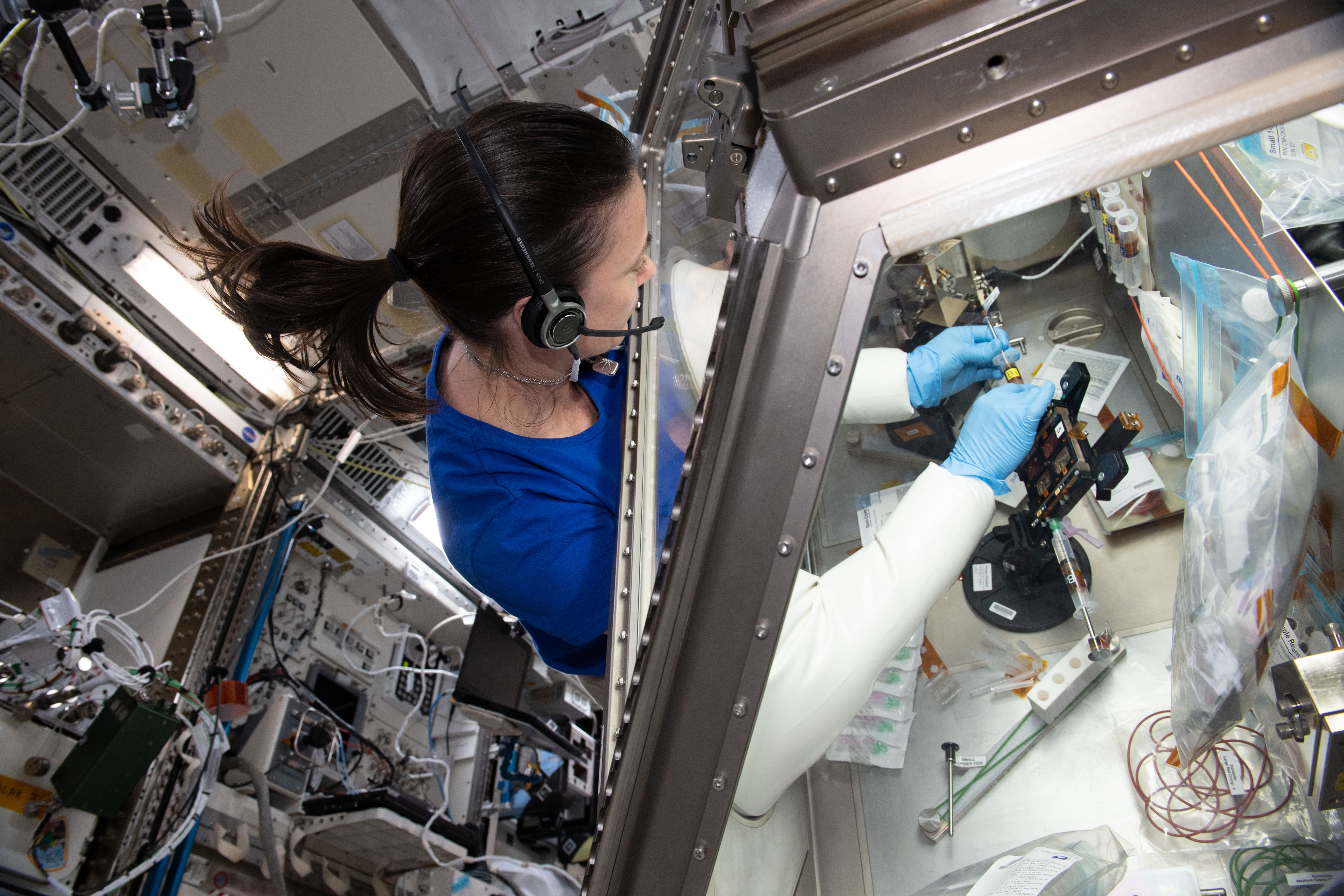Locations designed as maintenance workstations and training areas on the International Space Station are often used by crew members for stowage and hull maintenance activities. These Differences between intended and actual use show that systematic observation of material culture can help researchers understand how astronauts adapt to life in microgravity and enable better design of future spacecraft and habitats.
SQuARE, the first archaeological fieldwork in space, investigated the material culture of the space station – objects and built spaces and their symbolic and social meanings – and how these objects and spaces are used over time. The results suggest that more flexible definitions of space use could improve crew autonomy and allow for broader use of all areas by the entire crew. The researchers also found that a significant amount of glue and tape is used to prevent objects from floating away, suggesting that this is an important adaptation that crews must make in microgravity, and that these gravity substitutes could be optimized for future space habitats.
Analysis of XMM-Newton, Chandra and NICER (Neutron star Interior Composition Explorer) observations of seven thermally emitting isolated neutron stars (XINS) in the constellation Canis Major showed In one of them (RX J0720.4−3125), irregular spin behavior was observed. This behavior indicates a complex heat distribution at the surface, a property normally associated with a strongly magnetized atmospheric layer. The discovery could lead to a better understanding of the neutron star population in our galaxy and neutron star evolution.
NICER makes high-precision measurements of X-ray astrophysics phenomena such as neutron stars, the ultra-dense matter created when massive stars explode as supernovae. XINS probably make up a significant fraction of all neutron stars, but their origin and evolutionary history are uncertain. The researchers plan to use detailed modeling of the extensive NICER dataset to fully map the temperature distribution on the surface of these stars. This could reveal the underlying physical processes responsible for their special properties.
Researchers proven the feasibility of using an engineered human tissue model to test drugs to treat impaired muscle regeneration in astronauts and patients on Earth.
On Earth, muscle mass decreases with age, and astronauts experience a similar but accelerated rate of muscle loss during space flight. Cardinal Muscle has evaluated engineered human muscle cells grown in microgravity as a model for studying muscle loss and its treatment.
The researchers found that the model mimicked impaired muscle regeneration after just seven days in microgravity and that two drugs – insulin-like growth factor 1 (IGF-1) and a 15-hydroxyprostaglandin dehydrogenase inhibitor (15-PGDH-i) – partially inhibited the effects of microgravity on the engineered tissue.

